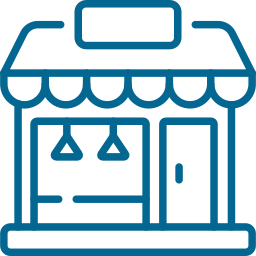
📌 HORECA stands for Hotel, Restaurant, and Café—core sectors of the food and hospitality industry.
📌 It covers businesses that prepare and serve food or drinks to customers.
✅ HORECA – Business Context
✔️ Large-volume buyers:
➤ Purchase in bulk and regularly.
✔️ Repeat business:
➤ Weekly reorders or long-term contracts.
✔️ High value per client:
➤ One restaurant = hundreds of servings.
✔️ Strategic partnerships:
➤ Drives scalable B2B revenue.
📦 Example: Product Sold to HORECA
✔️ Nestlé Professional:
➤ Supplies coffee machines, soups, and beverage mixes directly to hotels, restaurants, and cafés.
✔️ Taj Hotel (India):
➤ Uses Nestlé's Beverage Solution Systems to serve in-room coffee.
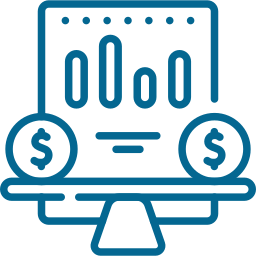
📌 Valuation is the estimated worth of a company or asset at a specific time.
📌 It’s based on current performance and future potential—not just today’s revenue or profit.
📊 Example: Zomato IPO (2021)
✔️ Zomato wasn’t profitable at IPO launch.
✔️ Still, valuation reached ₹1 lakh crore+ (~$13B).
💡 Why So High?
➤ Strong user base
➤ Fast-growing revenue
➤ Future potential in food delivery and logistics
➤ Investor confidence and FOMO (Fear of Missing Out)
👉 Meaning: Valuation is not only about profits today — it’s about perceived future success.

📌 Branding is the emotional and visual identity of your business—not just a logo or name.
📌 It shapes how customers feel, remember you, and connects your values with your audience.
💡 Example Tips
✔ Use simple shapes, clean lines, and flat design.
✔ Avoid clutter — think Apple, Nike, or Airbnb.
✔ Prioritize legibility and consistency across web, print, and packaging.
💬 "People don’t buy products — they buy feelings, beliefs, and identity."
➤ Your brand = your customer’s reflection.

📌 White labelling is when one company makes a product, and another rebrands and sells it as its own.
📌 The branding company adds its logo and identity, but doesn’t create the product itself.
🧠 It’s a win-win
🌟 Brands get ready-made products without R&D or factory costs
🌟 Manufacturers get steady demand without building a retail brand
🧴 Real-Life Example: Nykaa Naturals (India)
🧪 Test Strategy
✔️ Many Nykaa-branded skincare and haircare products are white-labeled by third-party manufacturers.
✔️ The packaging and marketing are handled by Nykaa, while the formula is produced by labs under contract.
✅ Result
✔️ Grew rapidly by using social media, influencer marketing, and direct feedback loops.
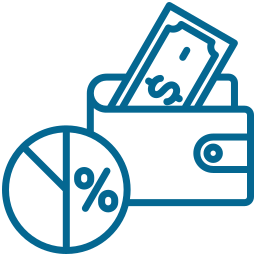
📌 Gross Markup is the added amount over cost to set the selling price.
📌 It shows profit over cost, typically in ₹ and as a percentage of cost, not price.
❗ Key Difference
✔️ Gross Margin is % of selling price.
✔️ Markup is % of cost price.
🧮 Formula for Gross Markup
➤ Markup (₹) = Selling Price − Cost Price
➤ Markup (%) = (Markup / Cost Price) × 100
💧 Example: Water Bottle
➤ Cost Price (1L bottle): ₹5
➤ Selling Price (to distributor): ₹15
➤ Markup (₹): ₹15 − ₹5 = ₹10
➤ Markup (%): (₹10 / ₹5) × 100 = 200%
👉 Meaning: The water bottle earns 200% over the cost price of each bottle.
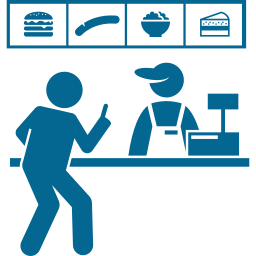
📌 QSR stands for Quick Service Restaurant—offering fast, affordable meals with minimal wait time.
📌 It focuses on speed, limited seating, and a simple, streamlined menu.
🧾 Key Characteristics
✔️ Speed: Food is prepared and served quickly.
✔️ Standardization: Recipes and processes are uniform across outlets.
✔️ Menu: Limited options for fast decision-making and streamlined operations.
✔️ Pricing: Lower prices to attract mass-market customers.
✔️ Location: High-traffic zones or delivery-based cloud kitchens.
✔️ Technology: Often uses apps, kiosks, and integrated delivery platforms.
🌍 Global Example: McDonald’s
➤ Standardized burgers, fries, and drinks.
➤ 100% assembly-line kitchen model.
➤ Focused on volume sales and strong global branding.
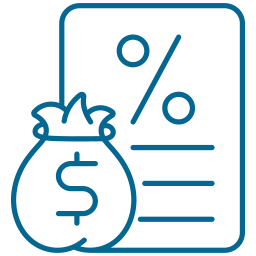
📌 PAT (Profit After Tax) is the company’s net profit after all expenses and taxes are deducted.
📌 Also known as net income, it’s the final profit available to shareholders.
📌 Formula
PAT = Revenue – Operating Expenses – Interest – Depreciation – Taxes
🔢 Example Calculation
✔️ Revenue: ₹1,00,00,000
✔️ Expenses (COGS + Opex): ₹60,00,000
✔️ Interest: ₹5,00,000
✔️ Depreciation: ₹2,00,000
✔️ Tax: ₹8,00,000
🧮 Step-by-step
➤ Revenue – Expenses = ₹1,00,00,000 − ₹60,00,000 = ₹40,00,000
➤ Subtract Interest: ₹40,00,000 − ₹5,00,000 = ₹35,00,000
➤ Subtract Depreciation: ₹35,00,000 − ₹2,00,000 = ₹33,00,000
➤ Subtract Tax: ₹33,00,000 − ₹8,00,000 = ₹25,00,000
✅ PAT = ₹25,00,000
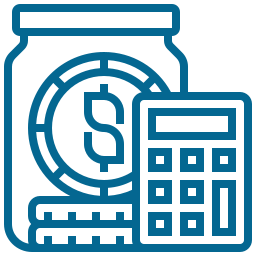
📌 Gross Margin shows how much profit a company makes after subtracting the cost of goods sold.
📌 It reflects core profitability before expenses like rent, salaries, and taxes.
🔢 Formula
➤ Gross Margin (₹) = Selling Price − COGS
➤ Gross Margin (%) = (Gross Margin / Selling Price) × 100
🍕 Example: Domino’s India (Food Service)
➤ Selling Price (Pizza): ₹400
➤ COGS (Ingredients, packaging, labor): ₹150
➤ Gross Margin: ₹400 − ₹150 = ₹250
➤ Gross Margin %: (₹250 / ₹400) × 100 = 62.5%
👉 Meaning: For every ₹400 pizza sold, Domino’s earns ₹250 after food costs.
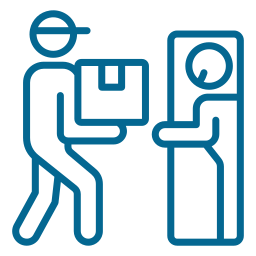
📌 D2C is a business model where companies sell directly to customers, skipping intermediaries.
📌 Instead of Manufacturer → Wholesaler → Retailer → Customer, it's Manufacturer → Customer.
🧴 Real-Life Example: Mamaearth (India)
🧪 Test Strategy
✔️ Started as a D2C brand for toxin-free baby care and personal care products.
✔️ Sells directly to consumers through its own website and app, along with some presence on marketplaces like Amazon.
✅ Result
✔️ Grew rapidly by using social media, influencer marketing, and direct feedback loops.

📌 A prototype is an early, simplified version of a product built to test ideas before full development.
📌 It helps save time and money, improve design, and attract early investors or partners.
📦 Real-Life Example: Mamaearth (India)
🌿 Prototype
Small-batch, toxin-free baby products (like lotion and face wash) using basic partnerships and limited SKUs.
🧪 Test Strategy
✔️ Sent free samples to mom bloggers & parenting communities
✔️ Collected feedback on fragrance, skin reactions, and packaging
✅ Result
✔️ Validated product-market fit
✔️ Refined offerings based on real user input
✔️ Scaled to ₹10,000 Cr+ D2C brand with full wellness lines

📌 Bootstrapping is building a business without external funding—no investors or loans.
📌 Founders rely on personal savings, early sales, and reinvested profits to grow.
✔️ Instead of relying on investor money, the entrepreneur focuses on: Early customer acquisition & running a lean operation.
✔️ Bootstrapping is based on the idea of self-reliance and financial discipline.
📦 Real-Life Example: Zoho (India)
🌿 Founder: Sridhar Vembu
Started with no outside investment.
🧪 Test Strategy
✔️ Grew slowly using service revenue from early clients
✔️ Focused on profitability from the beginning
✅ Result
✔️ Now a global SaaS giant competing with Google Workspace & Microsoft — still completely bootstrapped and privately owned.
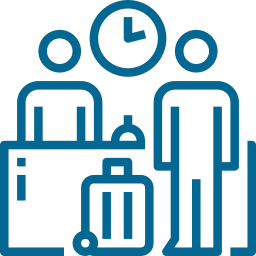
📌 OTC refers to products or assets traded directly between two parties, without a formal exchange.
📌 Deals are made privately through brokers or dealers, and prices may not be publicly listed.
🧴 Real-Life Example: Mamaearth (India)
🧪 Test Strategy
✔️ Started as a D2C brand for toxin-free baby care and personal care products.
✔️ Sells directly to consumers through its own website and app, along with some presence on marketplaces like Amazon.
✅ Result
✔️ Grew rapidly by using social media, influencer marketing, and direct feedback loops.
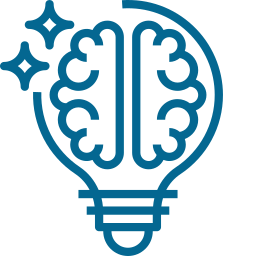
📌 DST is a key Indian driver of scientific research, innovation, and tech development across India.
📌 It functions under the Ministry of Science & Technology, Government of India.
📍 The DST is like the backbone of India’s science and innovation ecosystem: it funds ideas, supports researchers, builds labs, and helps startups turn inventions into real products.
🧪 Key Functions of DST
✔️ Supports D2C startups in toxin-free baby and personal care products.
✔️ Provides assistance for scaling via its website, app, and select marketplaces like Amazon.
🌍 Real-World Example
✔️ A deep-tech startup in clean energy applies for DST NIDHI-PRAYAS grant.
✔️ Receives ₹10–₹50 lakhs for prototyping, plus access to lab space, mentorship, and industry connections through a DST-supported TBI.
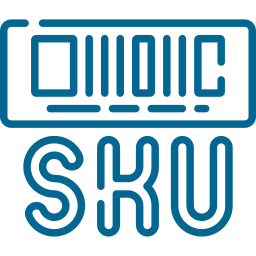
📌 SKU is a unique code for each product variant, used to track and manage inventory.
📌 It simplifies stock control, speeds up billing, and avoids mix-ups between similar items.
🌍 Example in Real Business (India)
🏪 Big Basket / Amazon / D-Mart
✔️ Each variation of Tide Detergent (size, scent, form) has its own SKU.
✔️ Helps warehouse, delivery, and billing systems know exactly which item is being sold, stored, or shipped.
🧾 Why SKUs Are Important
📋 Inventory Management – Know exactly how many of each product you have
🛍️ Sales Analysis – Identify best-selling product variants
🔄 Stock Reordering – Refill popular items quickly
🧾 Billing & Barcoding – Faster billing, returns, and logistics
📦 Product Range Definition – Each SKU represents a unique item in your product line
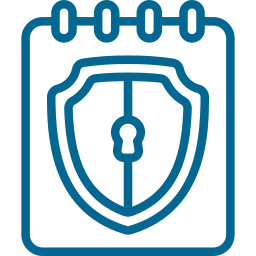
📌 SAFE Note is a simple agreement where investors fund a startup now and receive equity later during a future round or exit.
📌 It offers no immediate equity, interest, or repayments—making it founder-friendly and flexible.
🧾 Traditional Funding Options
Before SAFE Notes, startups used convertible notes (like a loan that converts into equity). But those involved: Interest rates, maturity dates, and legal complexity.
This is common for:
📊 Small-cap stocks
📊 Foreign currencies
📊 Derivatives
📊 Unlisted startups or private companies
🧪 Test Strategy
✔️ You want to buy shares of a startup not listed on NSE or BSE.
✔️ You connect with a dealer or platform that helps you buy it OTC.
✔️ This transaction won’t reflect in regular stock exchange records.

📌 QSR stands for Quick Service Restaurant—offering fast, affordable meals with minimal wait time.
📌 It focuses on speed, limited seating, and a simple, streamlined menu.
🧾 Key Characteristics
✔️ Speed: ➤ Food is prepared and served quickly.
✔️ Standardization: ➤ Recipes and processes are uniform across outlets.
✔️ Menu: ➤ Limited options for fast decision-making and streamlined operations.
✔️ Pricing: ➤ Lower prices to attract mass-market customers.
✔️ Location: ➤ High-traffic zones or delivery-based cloud kitchens.
✔️ Technology: ➤ Often uses apps, kiosks, and integrated delivery platforms.
🌍 Global Example: McDonald’s ➤ Standardized burgers, fries, and drinks. ➤ 100% assembly-line kitchen model. ➤ Focused on volume sales and strong global branding.
© 2025. All rights reserved.